Shanghai Cooperation Organization Summit 2025
The Shanghai Cooperation Organization (SCO), a major Eurasian platform for collaboration on security, economic, and diplomatic issues, held its 25th Heads of State Council meeting in Tianjin, China, from August 31 to September 1, 2025. Hosted by China during its 2024-2025 presidency, this summit stood out as a landmark event, bringing together leaders from 10 member nations and various observer states amid rising global tensions, particularly due to U.S.-China trade disputes and new tariffs introduced by the U.S. administration. The gathering highlighted the SCO’s growing role in fostering unity among developing nations and promoting a multipolar global order.
Origins and Evolution of the SCO
The SCO began as the "Shanghai Five" in 1996, formed by China, Russia, Kazakhstan, Kyrgyzstan, and Tajikistan to address border issues and build mutual trust post-Cold War. In 2001, Uzbekistan’s inclusion marked the creation of the SCO, with a focus on countering terrorism, separatism, and extremism. Over time, its mission expanded to include economic partnerships, cultural exchanges, and joint military drills. The organization grew with India and Pakistan joining in 2017, Iran in 2023, and Belarus in 2024, now representing nearly half the world’s population and a significant share of global GDP.
Guided by the "Shanghai Spirit" of mutual respect, equality, and shared development, the SCO emphasizes non-interference and consensus-driven decisions, distinguishing it from military alliances like NATO. Critics, however, view it as a counterbalance to Western influence, especially in Central Asia, where it competes with initiatives like China’s Belt and Road.
The 2024 Astana summit set the stage by welcoming Belarus and focusing on recovery and energy security. The 2025 Tianjin summit, described as the largest in SCO history, hosted over 20 leaders and representatives from 10 international organizations, amplifying its global significance.
The Tianjin Summit: Setting and Attendees
Tianjin, a vibrant coastal city, symbolized China’s economic strength and regional connectivity goals. Extensive preparations, including a riverfront illumination project, enhanced the city’s appeal. The summit took place at the Meijiang Convention Center, with a press hub opening days earlier to accommodate international media.
Leaders included Chinese President Xi Jinping, Russian President Vladimir Putin, Indian Prime Minister Narendra Modi, Iranian President Masoud Pezeshkian, Pakistani Prime Minister Shehbaz Sharif, Belarusian President Alexander Lukashenko, and Central Asian heads like Kazakhstan’s Kassym-Jomart Tokayev and Uzbekistan’s Shavkat Mirziyoyev. Observer and dialogue partners, such as Turkey’s Recep Tayyip Erdogan, Nepal’s K P Sharma Oli, Malaysia’s Anwar Ibrahim, and the Maldives’ Mohamed Muizzu, added diversity. UN and ASEAN representatives, including Secretary-General Antonio Guterres, further elevated the event. The "SCO Plus" format broadened discussions, positioning the organization as a voice for the Global South.
Core Themes and Discussions
The summit tackled pressing issues: regional stability, economic cooperation, and resistance to unilateral policies. Against the backdrop of conflicts in Ukraine and Gaza, plus U.S. trade restrictions, leaders stressed collective security and a multipolar world. Xi’s speech rejected confrontational politics and advocated for fair global governance, proposing AI collaboration to balance innovation and safety.
Security talks focused on combating terrorism, crime, and drug trafficking, with plans for new centers addressing these threats and cybersecurity. Economic discussions emphasized trade resilience, supply chain stability, and opposition to protectionist measures, indirectly critiquing U.S. tariffs impacting members like India. China pledged significant aid, including 100 community projects, over 2 billion yuan in grants, and 10 billion yuan in loans via the SCO Interbank Consortium.
Pre-summit events, like a digital economy forum and foreign ministers’ meeting, shaped key outcomes, including a draft declaration. Cultural displays, such as a heritage-themed banquet, reinforced diplomatic ties.
Bilateral Engagements
The summit facilitated high-level bilateral talks. A key moment was Xi’s meeting with Modi, signaling improved China-India ties amid U.S. tariffs on Indian goods. Discussions likely covered trade and border tensions, reflecting a pragmatic shift in relations. Xi’s talks with Putin reinforced their strategic partnership, projecting solidarity against Western pressure. Meetings with leaders like Tokayev and Myanmar’s Min Aung Hlaing addressed regional connectivity and stability. Despite these efforts, internal frictions, such as India-Pakistan rivalry and Central Asian border disputes, remain challenges.
Key Outcomes
The summit’s highlight was the SCO Development Strategy to 2035, a roadmap for advancing cooperation and a multipolar vision. The Tianjin Declaration reaffirmed commitments to security, trade, and opposition to sanctions, while reviving talks on an SCO Development Bank to fund infrastructure independently. These steps signal ambition, though the organization’s consensus model and diverse interests pose implementation hurdles.
Global Significance
With U.S.-China rivalry intensifying and tariffs straining global trade, the SCO positioned itself as a platform for resisting Western dominance. For China, it’s a tool to lead the Global South; for Russia, a means to counter isolation; for India, a way to balance ties with East and West. Yet, the SCO’s expansion to 26 entities risks diluting focus, and its vague scope draws skepticism about its impact.
Challenges Ahead
The SCO faces scrutiny over human rights issues in member states and economic imbalances, with smaller nations wary of over-reliance on China. Its neutral stance on Ukraine highlights internal divides, as India avoids fully aligning with Russia-China positions. Emerging issues like climate change and digital security demand more robust action, while the SCO bank proposal faces funding delays.
Conclusion
The 2025 Tianjin Summit underscored the SCO’s rise as a force in global governance, uniting diverse nations to challenge unilateralism and promote shared goals. Its strategic vision and practical initiatives, like aid programs and security centers, mark progress, but turning rhetoric into reality will test the organization’s cohesion. As global fault lines deepen, the SCO’s role in fostering dialogue and cooperation could prove critical, potentially shaping a more inclusive world order.

